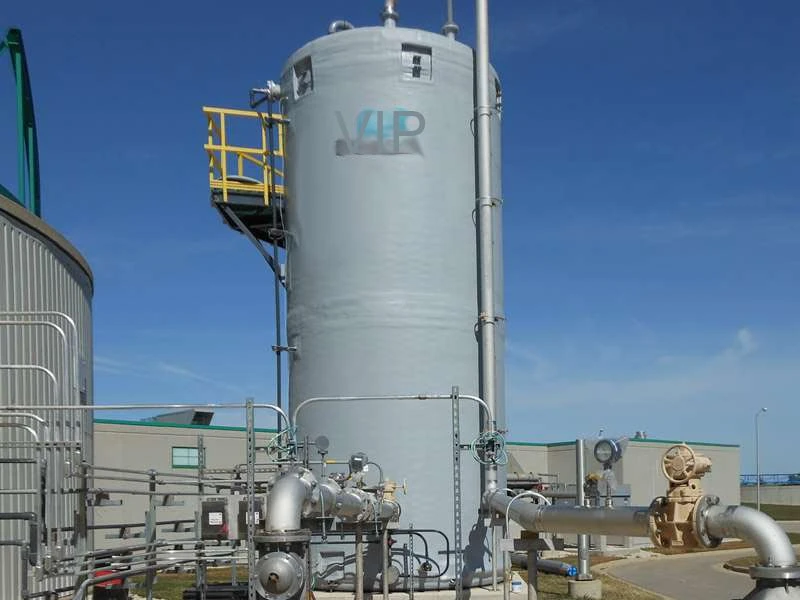
-
 Afrikaans
Afrikaans -
 Albanian
Albanian -
 Amharic
Amharic -
 Arabic
Arabic -
 Armenian
Armenian -
 Azerbaijani
Azerbaijani -
 Basque
Basque -
 Belarusian
Belarusian -
 Bengali
Bengali -
 Bosnian
Bosnian -
 Bulgarian
Bulgarian -
 Catalan
Catalan -
 Cebuano
Cebuano -
 China
China -
 China (Taiwan)
China (Taiwan) -
 Corsican
Corsican -
 Croatian
Croatian -
 Czech
Czech -
 Danish
Danish -
 Dutch
Dutch -
 English
English -
 Esperanto
Esperanto -
 Estonian
Estonian -
 Finnish
Finnish -
 French
French -
 Frisian
Frisian -
 Galician
Galician -
 Georgian
Georgian -
 German
German -
 Greek
Greek -
 Gujarati
Gujarati -
 Haitian Creole
Haitian Creole -
 hausa
hausa -
 hawaiian
hawaiian -
 Hebrew
Hebrew -
 Hindi
Hindi -
 Miao
Miao -
 Hungarian
Hungarian -
 Icelandic
Icelandic -
 igbo
igbo -
 Indonesian
Indonesian -
 irish
irish -
 Italian
Italian -
 Japanese
Japanese -
 Javanese
Javanese -
 Kannada
Kannada -
 kazakh
kazakh -
 Khmer
Khmer -
 Rwandese
Rwandese -
 Korean
Korean -
 Kurdish
Kurdish -
 Kyrgyz
Kyrgyz -
 Lao
Lao -
 Latin
Latin -
 Latvian
Latvian -
 Lithuanian
Lithuanian -
 Luxembourgish
Luxembourgish -
 Macedonian
Macedonian -
 Malgashi
Malgashi -
 Malay
Malay -
 Malayalam
Malayalam -
 Maltese
Maltese -
 Maori
Maori -
 Marathi
Marathi -
 Mongolian
Mongolian -
 Myanmar
Myanmar -
 Nepali
Nepali -
 Norwegian
Norwegian -
 Norwegian
Norwegian -
 Occitan
Occitan -
 Pashto
Pashto -
 Persian
Persian -
 Polish
Polish -
 Portuguese
Portuguese -
 Punjabi
Punjabi -
 Romanian
Romanian -
 Russian
Russian -
 Samoan
Samoan -
 Scottish Gaelic
Scottish Gaelic -
 Serbian
Serbian -
 Sesotho
Sesotho -
 Shona
Shona -
 Sindhi
Sindhi -
 Sinhala
Sinhala -
 Slovak
Slovak -
 Slovenian
Slovenian -
 Somali
Somali -
 Spanish
Spanish -
 Sundanese
Sundanese -
 Swahili
Swahili -
 Swedish
Swedish -
 Tagalog
Tagalog -
 Tajik
Tajik -
 Tamil
Tamil -
 Tatar
Tatar -
 Telugu
Telugu -
 Thai
Thai -
 Turkish
Turkish -
 Turkmen
Turkmen -
 Ukrainian
Ukrainian -
 Urdu
Urdu -
 Uighur
Uighur -
 Uzbek
Uzbek -
 Vietnamese
Vietnamese -
 Welsh
Welsh -
 Bantu
Bantu -
 Yiddish
Yiddish -
 Yoruba
Yoruba -
 Zulu
Zulu
frp step
Understanding FRP Steps A Comprehensive Guide
Fiber Reinforced Polymer (FRP) composites have gained significant traction in various industries due to their high strength-to-weight ratio, durability, and resistance to environmental degradation. As technology evolves, the integration of FRP materials into construction, automotive, aerospace, and marine applications has become more critical. This article delves into the various steps involved in the implementation and utilization of FRP, highlighting its benefits and limitations.
Step 1 Material Selection
The first and foremost step in the process of utilizing FRP is selecting the appropriate material. FRP is available in different forms, such as carbon fiber, glass fiber, and aramid fiber, each having unique properties suitable for specific applications. For instance, carbon fiber is known for its exceptional strength and stiffness, making it ideal for aerospace applications, whereas glass fiber is more cost-effective and is widely used in civil engineering projects. Considerations like load requirements, environmental factors, and economic constraints play a vital role in this decision-making process.
Step 2 Design and Engineering
Once the material is chosen, the next step involves detailed design and engineering. This stage requires close collaboration between engineers, architects, and designers to ensure that the FRP components will meet the project's structural and aesthetic requirements. Advanced software tools are often employed for simulations and analyses, helping to predict how the FRP will perform under various load conditions. The design process also includes considerations for joints and connections, which are crucial for maintaining the structural integrity of the entire system.
Step 3 Manufacturing
frp step

The manufacturing process of FRP components involves multiple techniques, including hand lay-up, vacuum infusion, and pultrusion. Each method has its advantages and disadvantages, influencing the final product's quality, cost, and complexity. For instance, pultrusion allows for high-volume production of consistent shapes, while hand lay-up offers greater flexibility for custom designs. It’s essential to choose a manufacturing technique that aligns with both the design specifications and production scale.
Step 4 Installation
After the components are manufactured, careful installation becomes imperative. The installation of FRP materials can pose several challenges, especially in terms of connections to other materials, surface preparations, and curing processes. Proper training and adherence to guidelines are essential to ensure that the installation is carried out correctly. In civil engineering applications, for instance, the installation of FRP reinforcement in concrete structures must be executed with precision to achieve desired strength enhancements and service life extensions.
Step 5 Maintenance and Monitoring
FRP components may require periodic maintenance and monitoring to ensure their continued effectiveness and integrity. Non-destructive testing methods, such as ultrasonic and acoustic emission testing, can help detect any potential flaws or delamination within the material. Scheduled inspections are crucial, particularly in critical applications like bridges and buildings, where safety and performance are paramount.
Conclusion
The integration of FRP materials in various industries continues to grow, driven by their remarkable properties and versatility. By following these essential steps—material selection, design and engineering, manufacturing, installation, and maintenance—professionals can harness the full potential of FRP to create innovative and durable solutions. Understanding each step not only enhances project performance but also ensures safety and sustainability in the long run. As research progresses and technology advances, the future of FRP looks promising, poised to revolutionize how we think about materials in engineering and construction.









